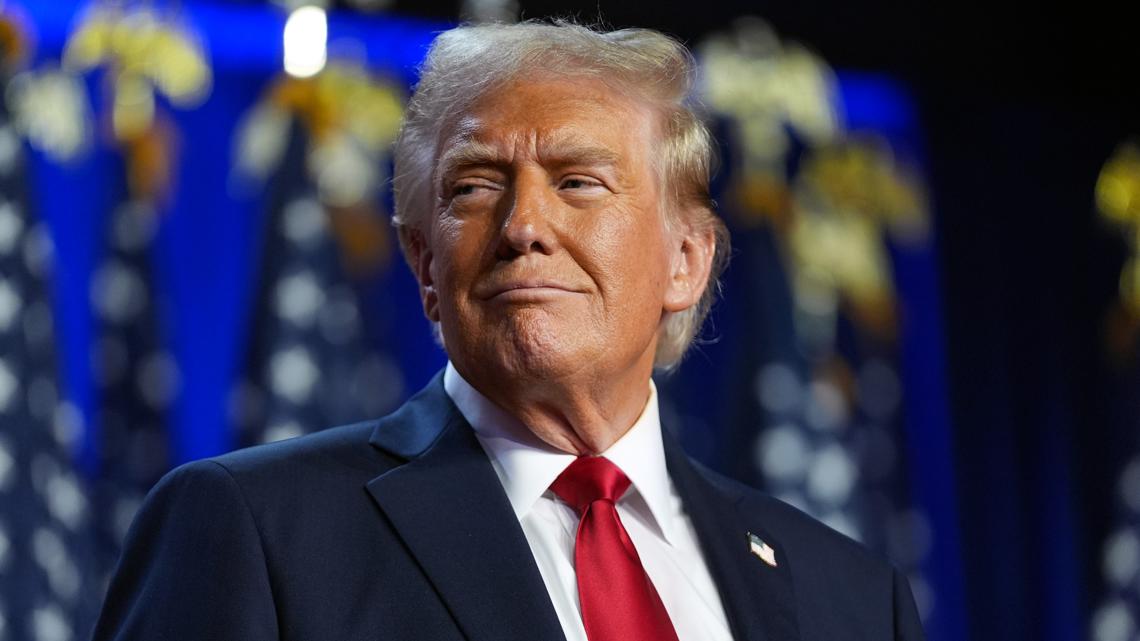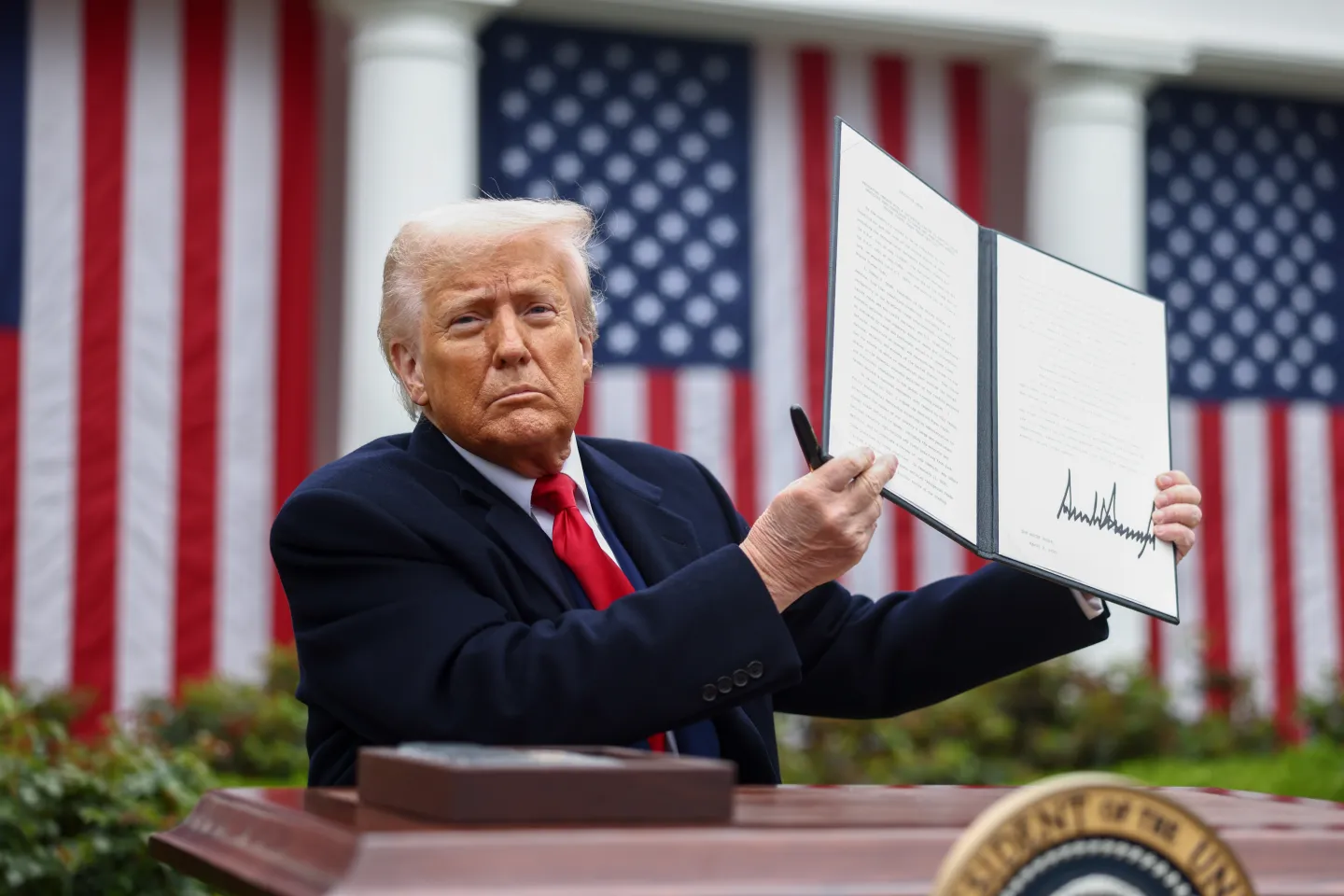The fallout from Donald Trump’s “Liberation Day” tariff announcement continues reverberating through Australian business circles, creating a tale of two economies where some companies face existential threats while others discover unexpected opportunities. When Sydney entrepreneur Robert Jarmyn received an invoice for his latest skincare shipment from China, he discovered an unwelcome surprise: a $125,000 “Trump tariff” surcharge on his $250,000 order.
This devastating blow forced his company, Blaq, to immediately halt all US exports, leaving 2 million American customers without access to products that would now retail for nearly triple their original price.
The stark reality facing Australian exporters has crystallized into distinct categories of impact, with companies relying on Chinese manufacturing bearing the brunt of punitive 145% tariffs while those producing domestically contend with more manageable 10% duties. This divergence has created both casualties and beneficiaries in the new trade world, fundamentally reshaping how Australian businesses approach the American market.
Manufacturing Origins Determine Survival
The geographical source of production has become the defining factor in business viability under the new tariff regime. Companies like Blaq, which manufacture in China to serve American markets, face an impossible equation where retail prices would need to increase by 175% to maintain margins. This has forced many businesses to abandon the US market entirely, with cosmetics brand La Base canceling its American launch just days after opening to US customers.
Conversely, businesses producing Australian-made goods encounter a more navigable 10% tariff burden. Wine producer Tyrrell’s Wines exemplifies this category, with fourth-generation winemaker Bruce Tyrrell viewing the tariffs as manageable despite selling tens of thousands of cases annually to America in previous decades. The company has shifted focus toward Asian markets, recognizing that American sales represent only a fraction of its global business compared to major markets like Japan and China.
Opportunistic Growth Amid Chaos

While many businesses struggle with the new trade barriers, some Australian companies are capitalizing on the disruption affecting their competitors. Western Australian skincare company Clean and Pure has accelerated its return to the US market after pandemic-related withdrawal, specifically targeting the chaos affecting major brands like Nivea and Burt’s Bees. Company leadership describes the situation as “exciting” because dominant corporations are “scrambling and moving at the speed of a glacier,” while smaller, more agile companies can quickly establish market presence.
This opportunistic approach extends to strategic relocations, with Australian tech company Farmbot’s co-founder Andrew Coppin celebrating his prescient decision to establish manufacturing in Fort Worth, Texas, before the tariffs took effect. The company now enjoys significant competitive advantages over rivals still dependent on international supply chains, describing the potential as “enormous” in the current environment.
Market Recovery Masks Underlying Concerns
Initial market panic saw Australian shares lose nearly $200 billion in value within a week of the tariff announcement, with the S&P/ASX 200 dropping 8%. However, these losses have since been recovered as investors recognized that the direct economic impact would be limited, given that only 4% of Australia’s goods exports flow to the United States.
The International Monetary Fund has provided sobering context, downgrading Australia’s growth forecast to 1.6% for 2025 and warning of a potential $13 billion economic hit. Despite Treasury modeling suggesting more modest impacts of 0.2% GDP reduction, the broader concern centers on global confidence erosion and the collapse of the 80-year international trade consensus.
Adaptation Strategies and Future Uncertainty
Australian businesses are employing diverse strategies to navigate the new trade environment. Some companies are desperately seeking American manufacturers to avoid Chinese tariffs, though many report rejection from up to 20 potential partners due to capacity constraints or prohibitive costs. Others are pivoting to alternative markets, with the European Union, United Kingdom, and South Africa emerging as preferred destinations for companies previously focused on America.
The uncertainty extends beyond immediate tariff impacts, with Trump’s suggestion that mega-tariffs on China might decrease providing hope for some businesses while creating planning difficulties for others. Companies face critical decisions about whether to maintain operations, seek alternative supply chains, or abandon the American market entirely, with many setting June deadlines for final determinations based on potential policy changes.

